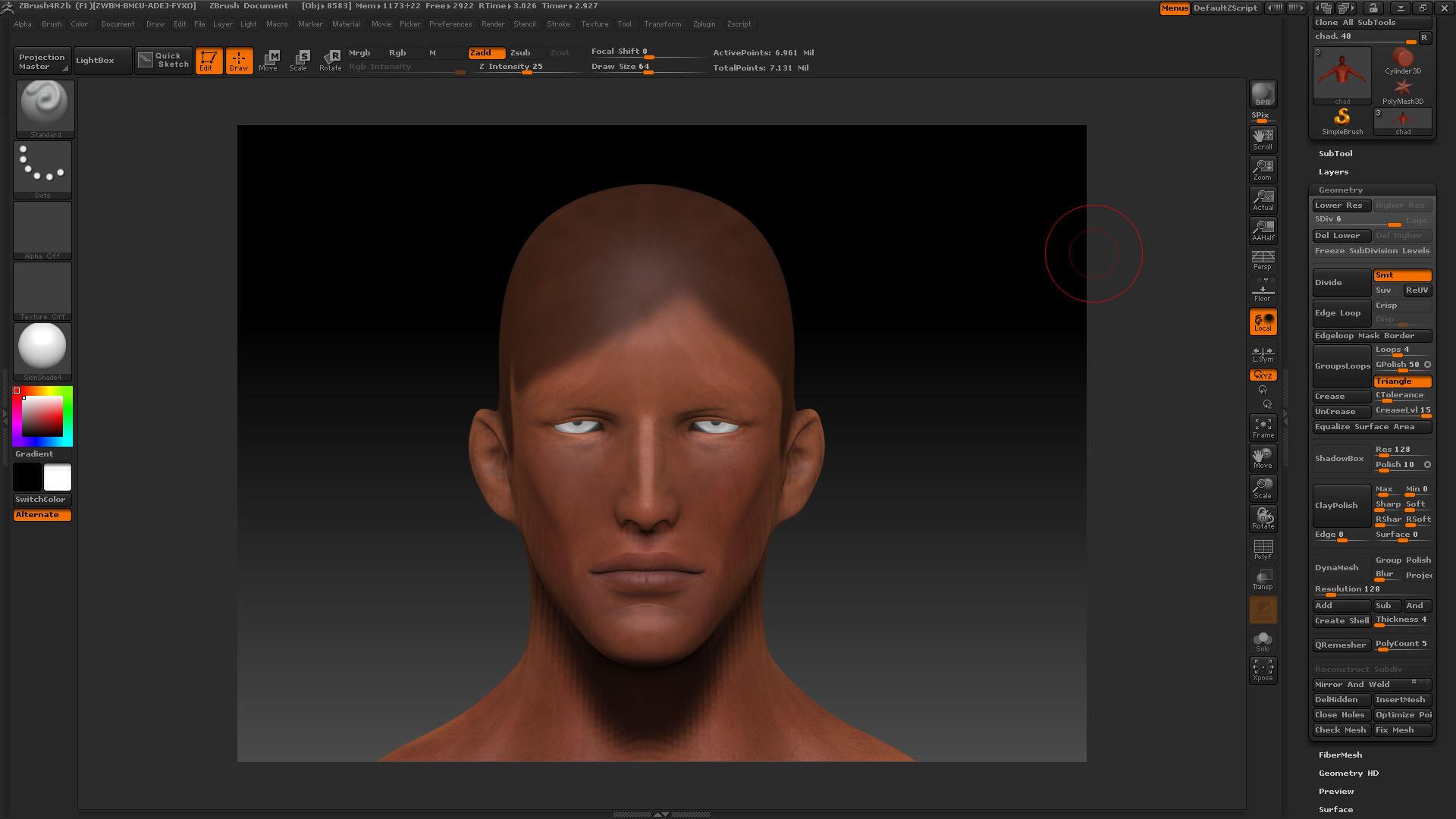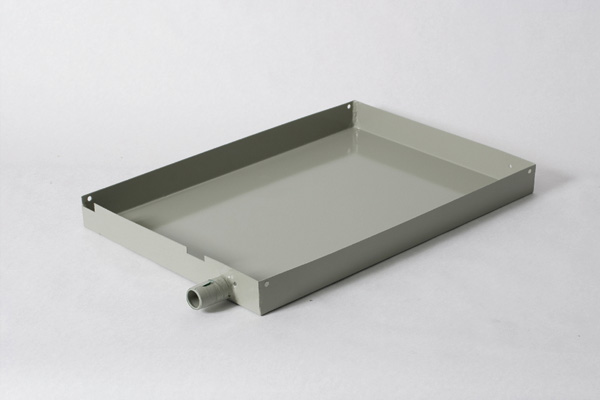
Vertex colors are being preserved in Blender’s Decimate modifier, but you can’t control the importance of vertex paint in the decimation process, like you can in the Decimation Master options. The only thing the Decimate modifier is still missing is control over decimation based on polypaint. The polygon reduction algorithms and efficient results are quite on par with each other. The effective polygon reduction ZPlugin called Decimation Master also has a comparable counterpart in Blender, in the shape of the Decimate modifier. ZBrush Decimation Master vs Blender Decimate modifier Trim Dynamic ➔ Scrape or Multi-plane Scrape.(Left side = ZBrush, right side = Blender) Here is a side-by-side naming convention of sculpting brushes in Zbrush and Blender ZBrush brushes vs Blender's Sculpt Mode brushesīrushes are the most important sculpting tools, and luckily there are lots of similarities between the common ZBrush brushes and Blender’s Sculpt Mode brushes that can be found in the left-side toolbar.
#FGRAB ZBRUSH FREE#
💡 If you’re wondering about the Blender modifier interface in the screenshot: it’s the free Modifier List add-on, which provides an enhanced Blender modifier stack UI / UX.
#FGRAB ZBRUSH INSTALL#
The Multires modifier has been plagued by some serious performance issues the past couple of years, but at the time of writing, the Blender developers are working very hard to correct this, which will be apparent in Blender 2.83, and can already be tested if you install the latest daily alpha build of Blender 2.83. The oldest way of sculpting in ZBrush: subdividing a quad-polygon mesh to add ever-higher levels of detail is also present in Blender 3D, in the shape of the Multires modifier. It’s created by the same developer who’s responsible for ZRemesher, and the results are exactly the same as ZRemesher’s impressive results in the latest ZBrush versions.

If you don’t want to settle for less than ZRemesher’s unequalled auto-retopology results and you’ve got some budget, I heartily recommend investing in Exoside’s Quad Remesher add-on for Blender. You can keep sculpting and press Control + Alt + R to remesh again using QuadriFlow. Experiment with different settings and values until you’re satisfied with the result. QuadriFlow can be activated via the Object Data Properties tab ➔ Remesh rollout ➔ Quad button. ZRemesher allows you to auto-retopologize a mesh with a more sophisticated result than a voxel remesher can.īlender doesn’t natively come with a tool that is on par with ZRemesher, but it offers an alternative to the Voxel Remesher called QuadriFlow, which can yield quite nice quad-retopology results that take the mesh curvature into account. One of the most-praised star features of ZBrush is ZRemesher. Once you’re satisfied with the Remesh settings, you can continue sculpting and press Control + R to remesh again using the same settings. To avoid this, uncheck Preserve Volume and remesh using a slightly lower Voxel Size value to maintain detail.

The Voxel Size determines the resulting polygon detail, Fix Poles generates a slightly neater quadrangular topology, and Preserve Volume avoids details being smoothed out, although this can cause polygon artifacts in areas with sharp edges or crevices. In Sculpt Mode, click on Remesh and adjust the settings. This is a very useful feature that helps you avoid stretching of polygons as you keep sculpting new volume.īlender offers the Voxel Remesh tool as a Dynamesh alternative.

ZBrush Dynamesh is mostly used in the concept stage of sculpting.ĭynamesh allows you to automatically remesh your sculpture using a voxel-based volume that’s projected as a 3D grid of polygons onto your mesh.

ZBrush Dynamesh vs Blender Voxel Remesh.


 0 kommentar(er)
0 kommentar(er)
